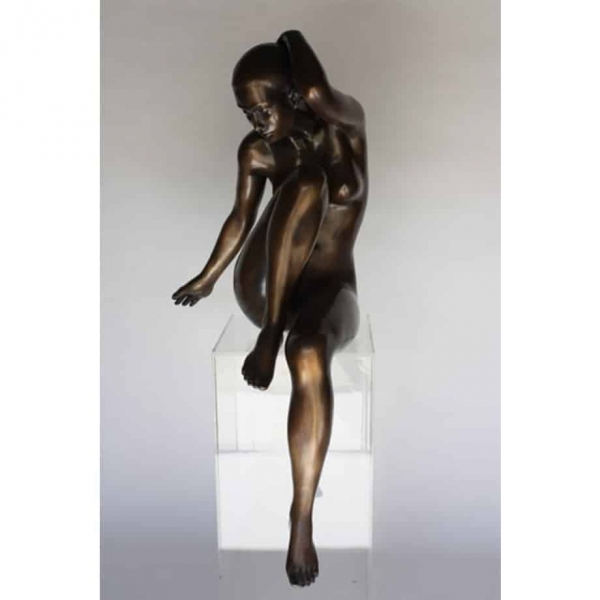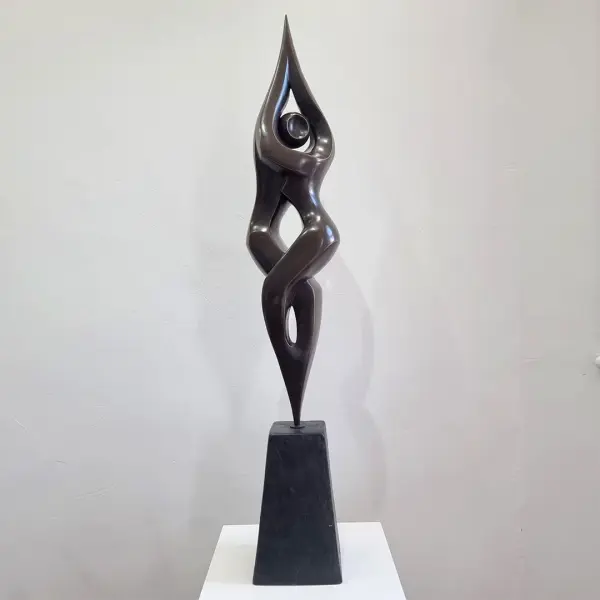Horse Sculpture Australia
Horse Sculpture Australia
Horse Sculpture Australia
Horse Sculpture Australia
Bronze sculpture
Bronze sculpture
Bronze sculpture
Bronze sculpture
Bronze sculpture
Figurative Sculpture
Stephen Glassborow
Larissa Smagarinsky
Clara Hali sculpture
Abstract Sculpture
Table-Top Sculpture
Bronze sculpture
Table-Top Sculpture
Larissa Smagarinsky
Abstract Sculpture
Abstract Sculpture
Abstract Sculpture
Abstract Sculpture
Table-Top Sculpture
Table-Top Sculpture
Bronze sculpture
Bronze sculpture
Bronze sculpture
Bronze sculpture
Australian Sculptures
Table-Top Sculpture
Bronze sculpture
Table-Top Sculpture
Stephen Glassborow
Abstract Sculpture
Stephen Glassborow
Stephen Glassborow
Stephen Glassborow
Bronze sculpture
Abstract Sculpture
Abstract Sculpture
Stephen Glassborow
Stephen Glassborow
Abstract Sculpture
Abstract Sculpture
Abstract Sculpture
Table-Top Sculpture
Stephen Glassborow
Stephen Glassborow
Stephen Glassborow
Stephen Glassborow
Alex Piperidis
Clara Hali sculpture
Stephen Glassborow
Bronze sculpture
Ben Fasham
Bronze sculpture
Bronze sculpture
Bronze sculpture
Bronze sculpture
Bronze sculpture
Figurative Sculpture
Bronze sculpture
Figurative Sculpture
Bronze sculpture
Bronze sculpture
Bronze sculpture
Abstract Sculpture
Abstract Sculpture
Abstract Sculpture
Abstract Sculpture
Table-Top Sculpture
Stephen Glassborow
Bronze sculpture
Blaze Krstanoski-Blazeski
Blaze Krstanoski-Blazeski
Bronze sculpture
Stephen Glassborow
Figurative Sculpture
Stephen Glassborow
Stephen Glassborow
Stephen Glassborow
Stephen Glassborow
Stephen Glassborow
Stephen Glassborow
Abstract Sculpture
Abstract Sculpture
Table-Top Sculpture
Table-Top Sculpture
Figurative Sculpture
Blaze Krstanoski-Blazeski
Emmy Mavroidis
Bronze sculpture
Stephen Glassborow
Bronze sculpture
Australian Sculptures
Stephen Glassborow
Stephen Glassborow
Stephen Glassborow
Bronze sculpture
Bronze sculpture
Ben Fasham
Figurative Sculpture
Blaze Krstanoski-Blazeski
Table-Top Sculpture
Blaze Krstanoski-Blazeski
Table-Top Sculpture
Round & Sphere Sculpture
Round & Sphere Sculpture
Round & Sphere Sculpture
Bronze sculpture
Bronze sculpture
Bronze sculpture
Australian Sculptures
Australian Sculptures
Australian Sculptures
Australian Sculptures
Australian Sculptures
Abstract Sculpture
Australian Sculptures
Abstract Sculpture
Australian Sculptures
Abstract Sculpture
Australian Sculptures
Abstract Sculpture
Benjamin Storch
Australian Sculptures
Australian Sculptures
Abstract Sculpture
Australian Sculptures
Abstract Sculpture
Animal Sculpture
Abstract Sculpture
Australian Sculptures
Abstract Sculpture
Australian Sculptures
Abstract Sculpture
Australian Sculptures
Abstract Sculpture
Bronze sculpture
Australian Sculptures
Australian Sculptures
Bronze Sculpture
ARTpark presents an extensive selection of cast bronze sculpture from talented, established Australian and select international sculptors.
With Australia boasting some of the finest foundries in the world, ARTpark has absolute confidence in the make and finish of all sculptural work showcased.
Sculptors represented by ARTpark Australia are all practicing artists and as such commissioned pieces and custom patina finishes are available. We offer everything from classical sculpture to traditional bronze & figurative.
ARTpark provides sculpture for both public and private display spaces – offering our 35-year experience and knowledge of the art and sculpture industry to assist in the acquisition, commission, freight, and installation of sculpture.
Contact us for any and all sculpture related enquiries.

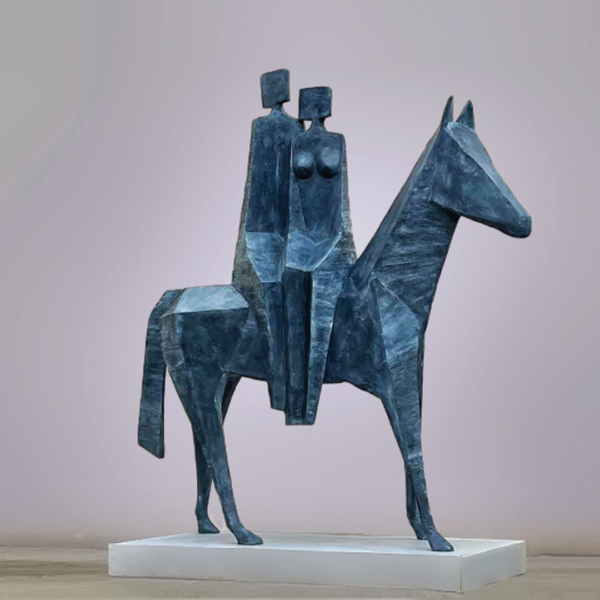

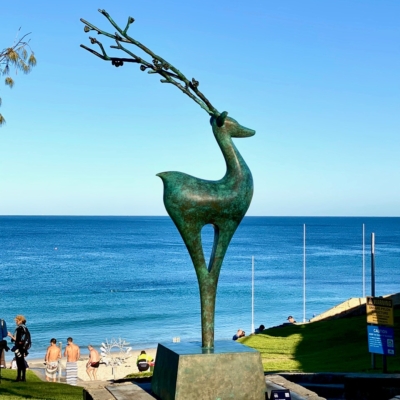
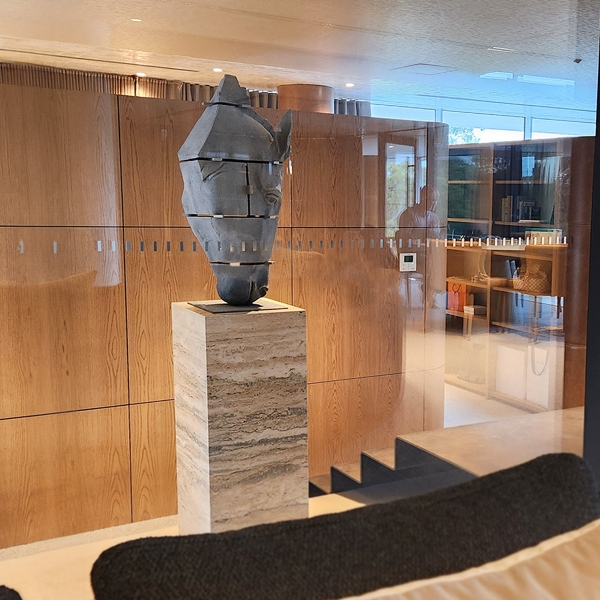
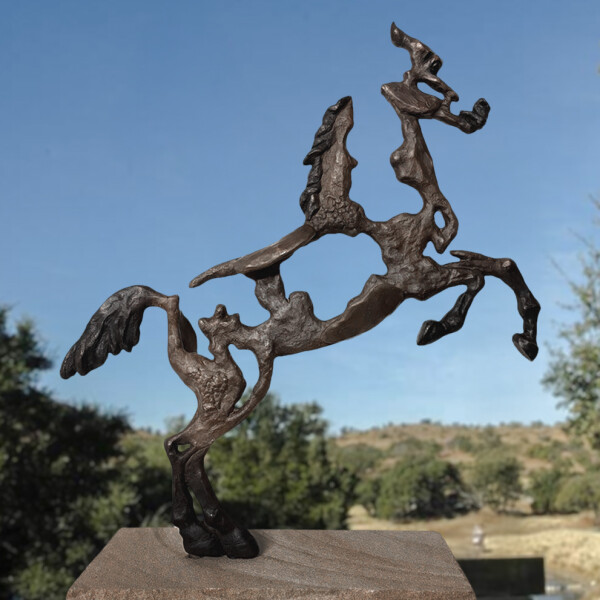
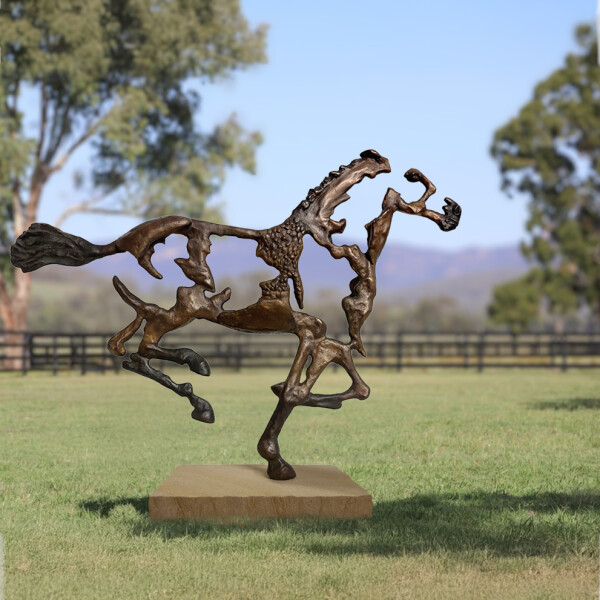

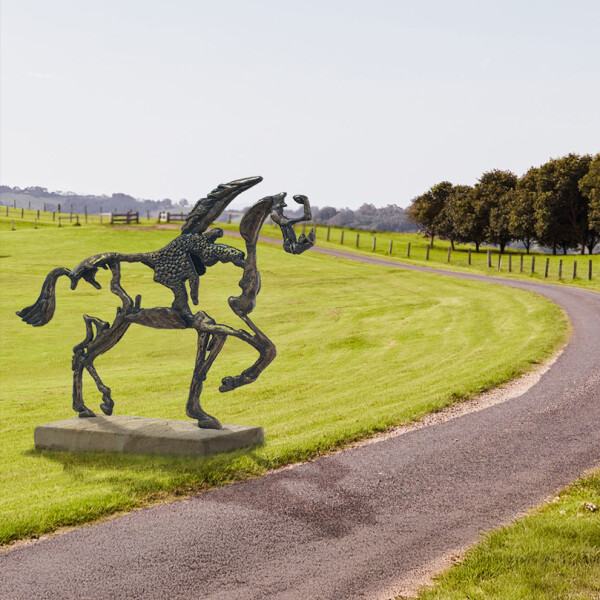

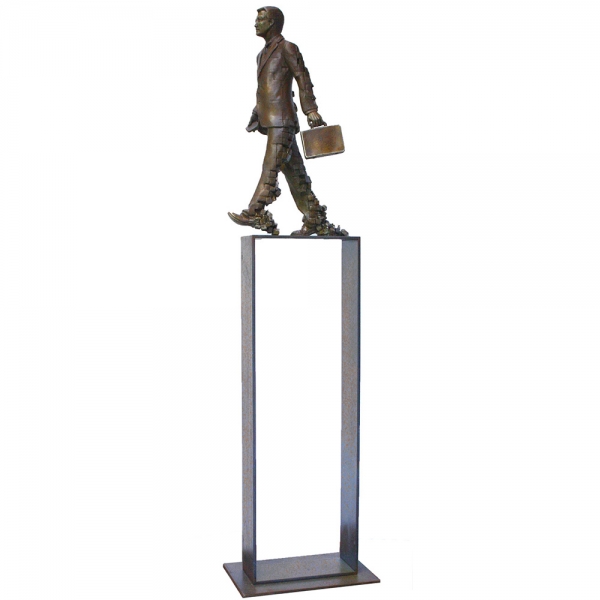

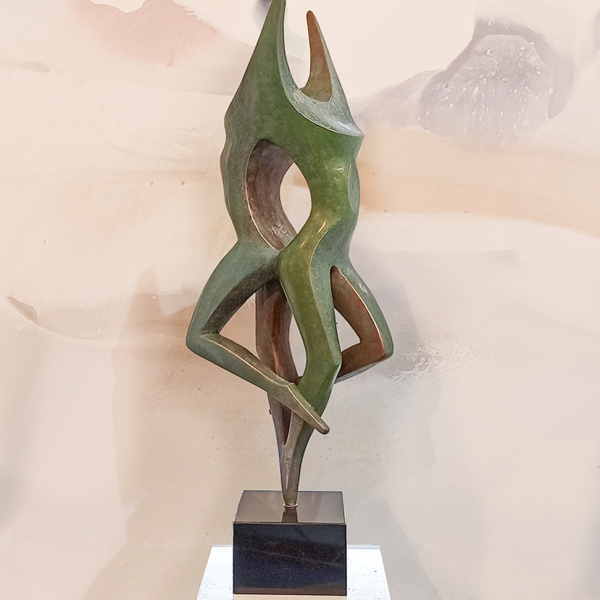
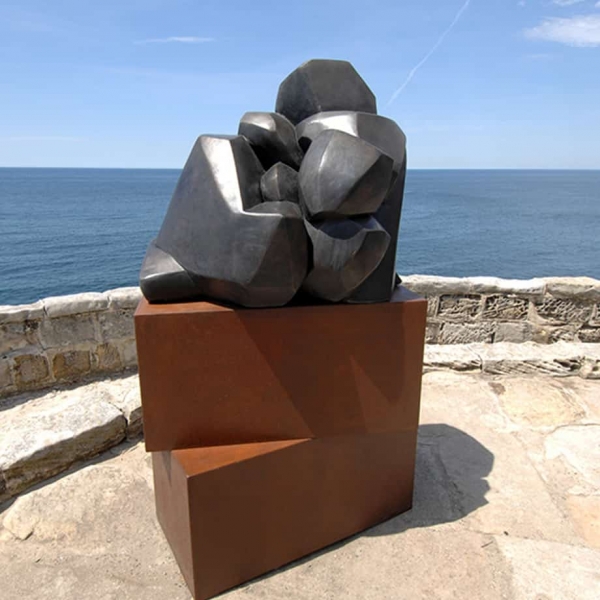

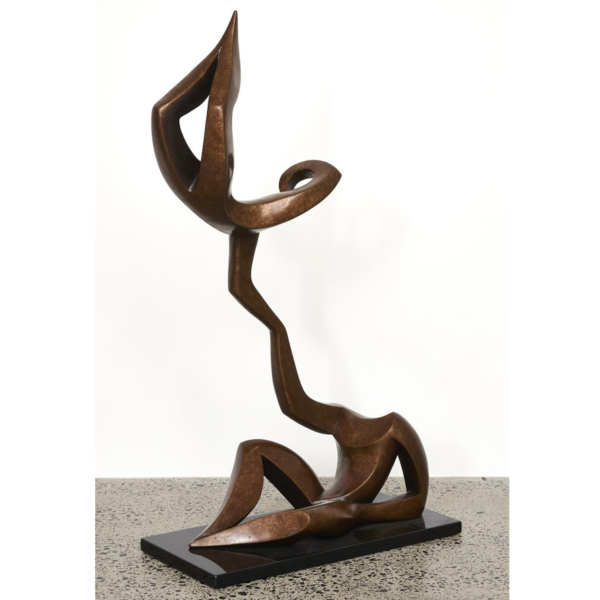


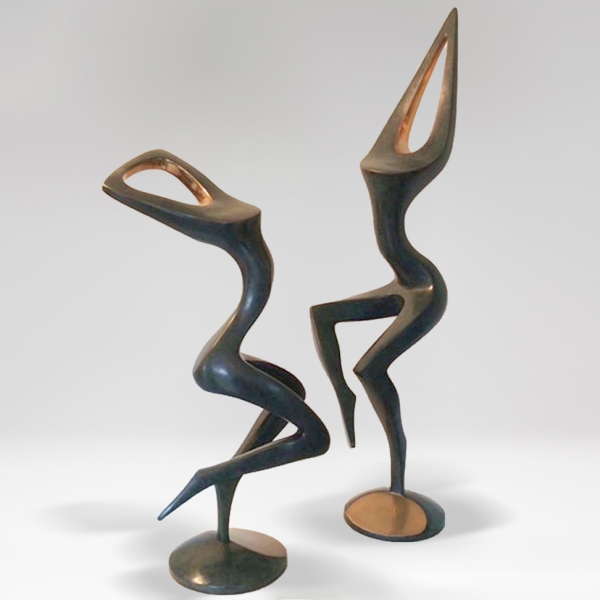
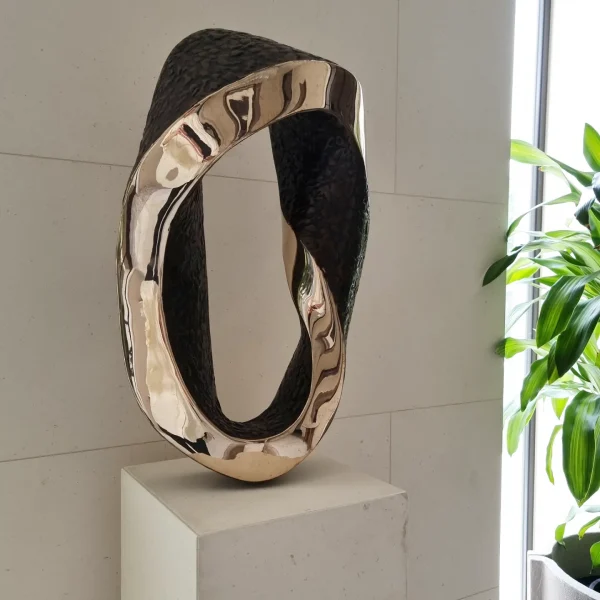
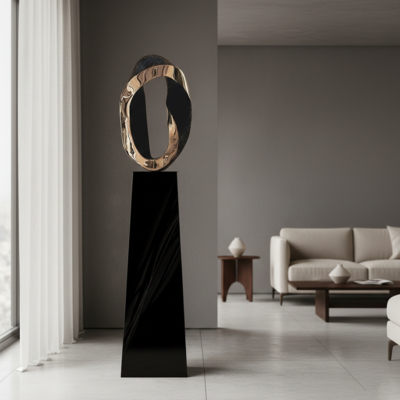
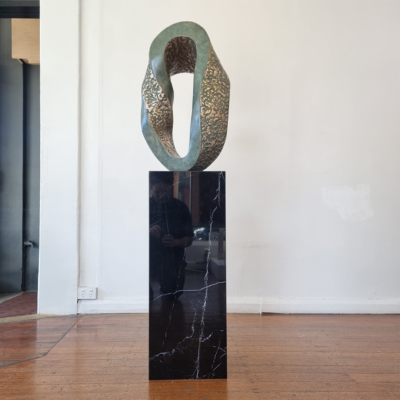


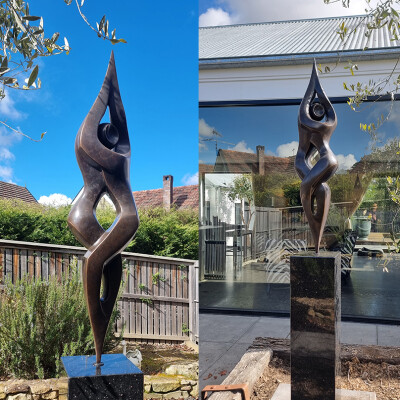

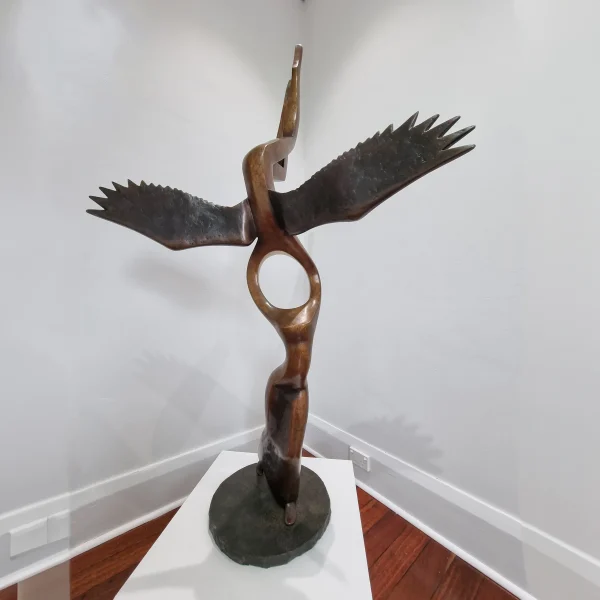
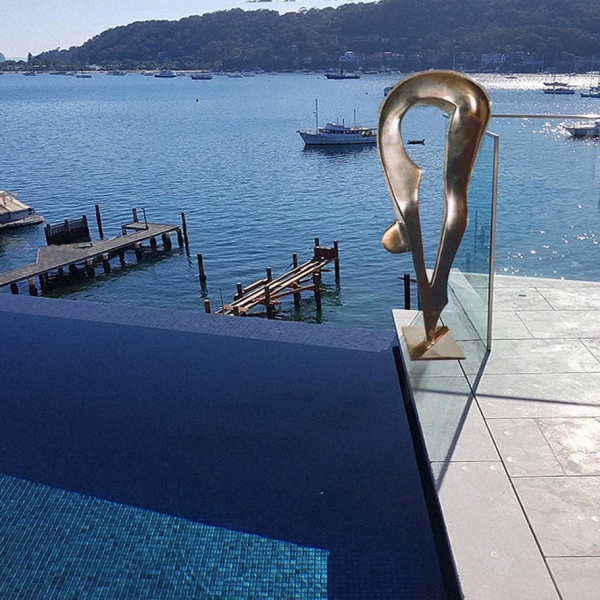
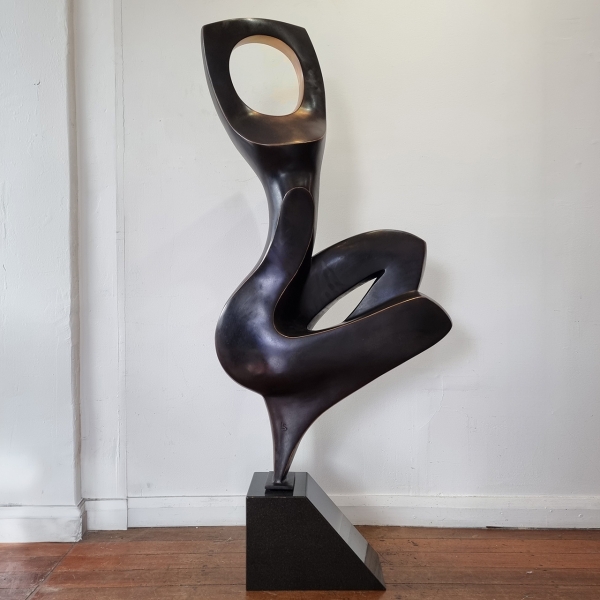
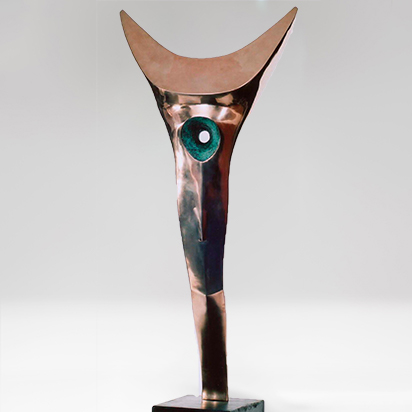


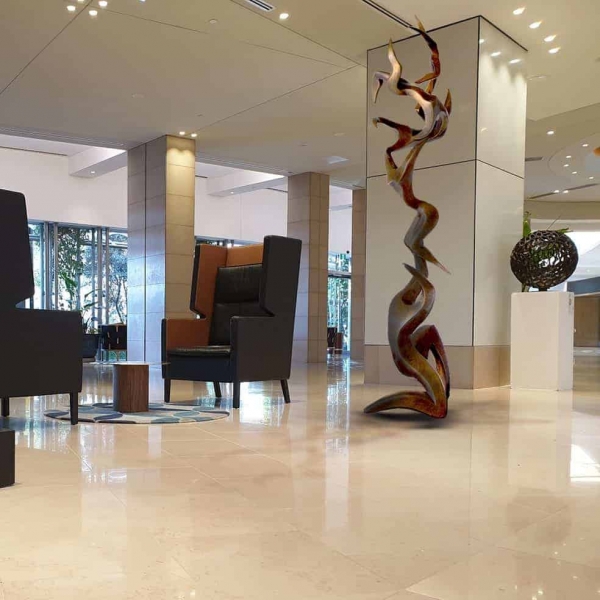
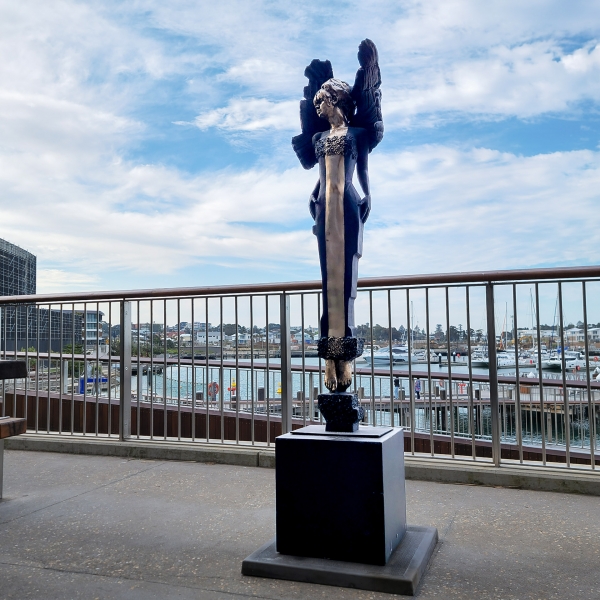
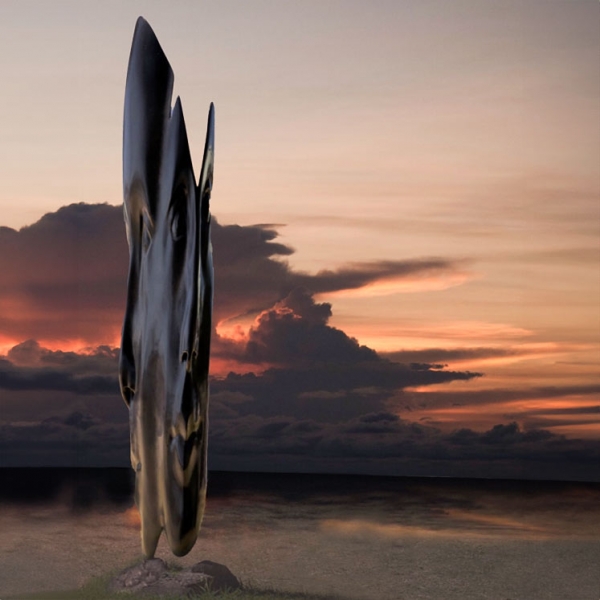

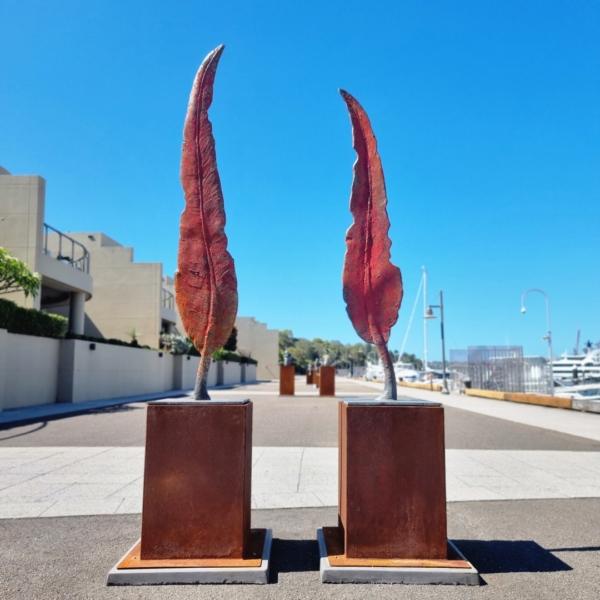
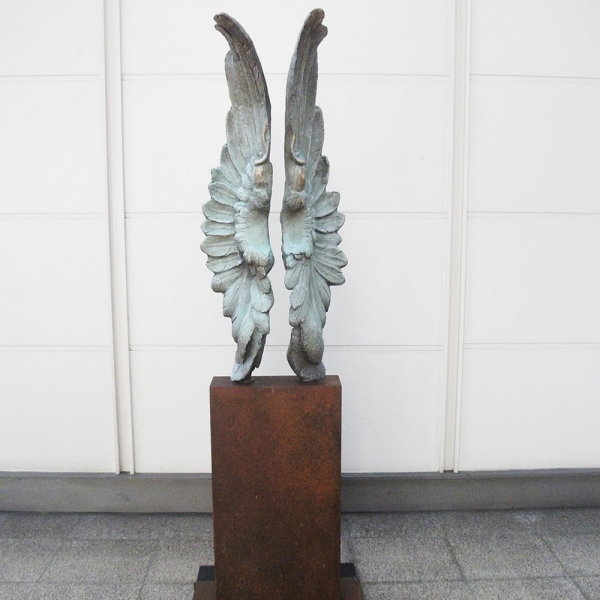

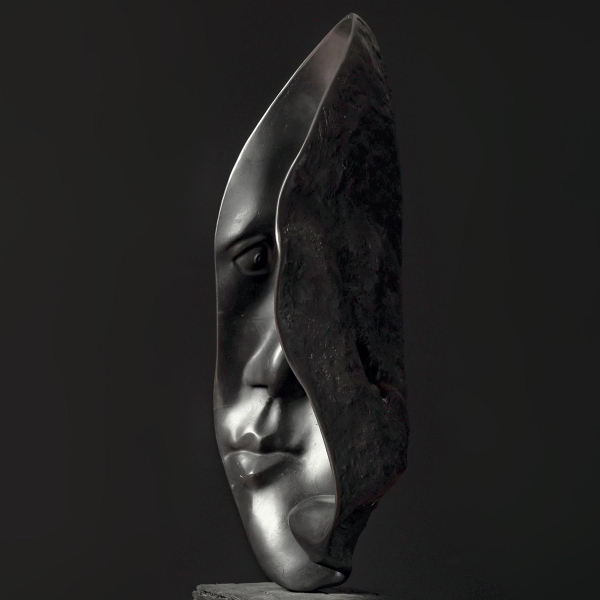
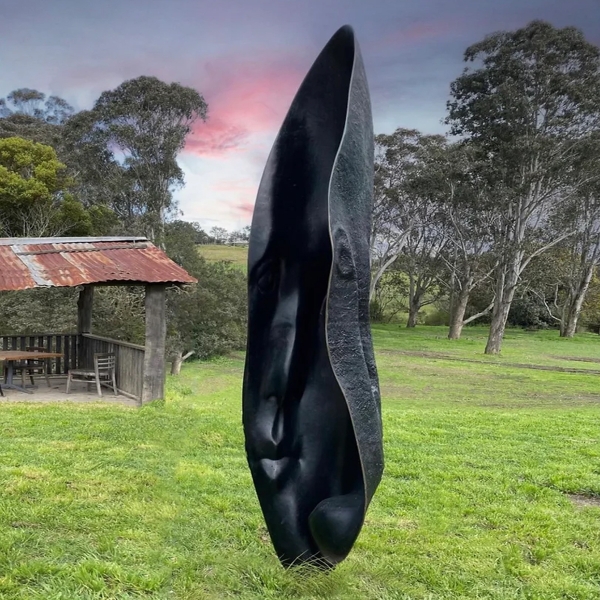
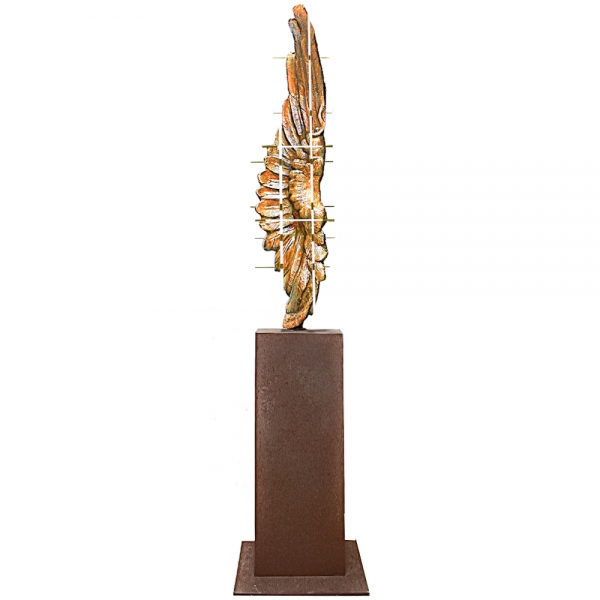
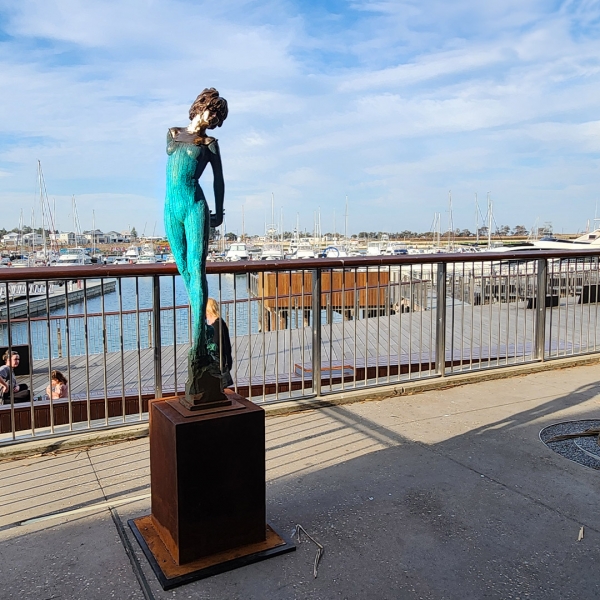
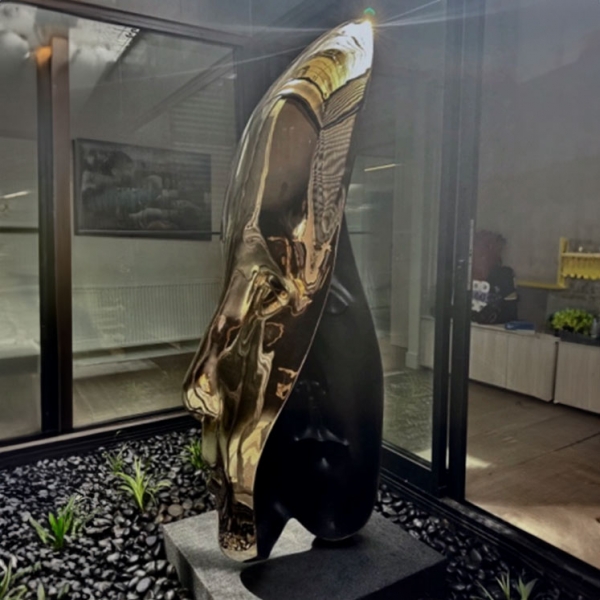

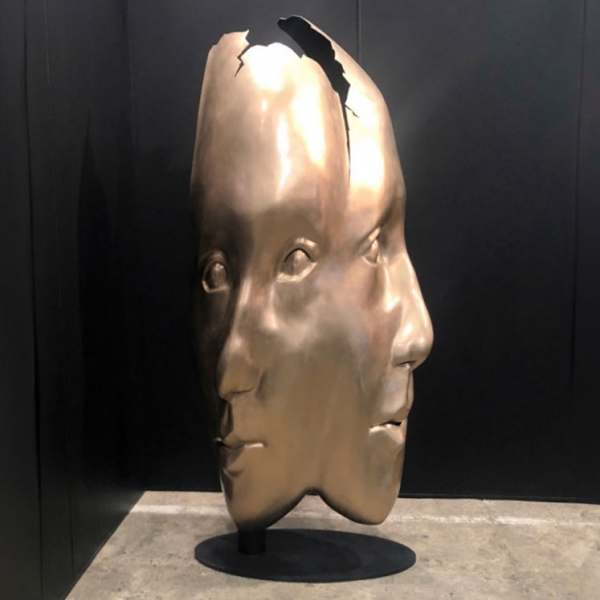
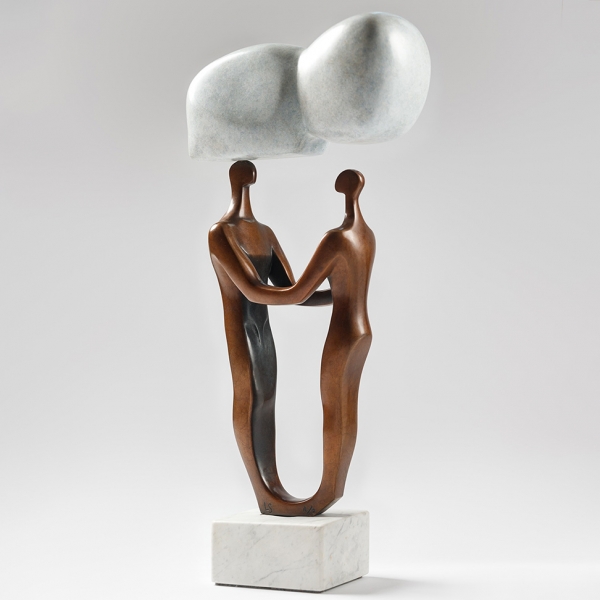

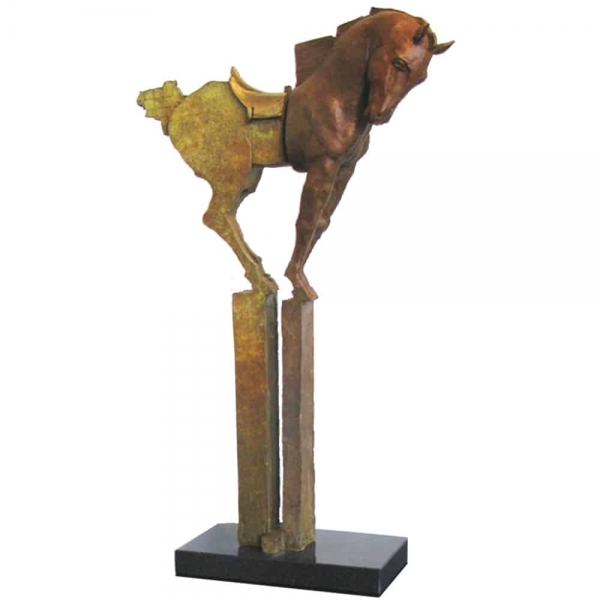
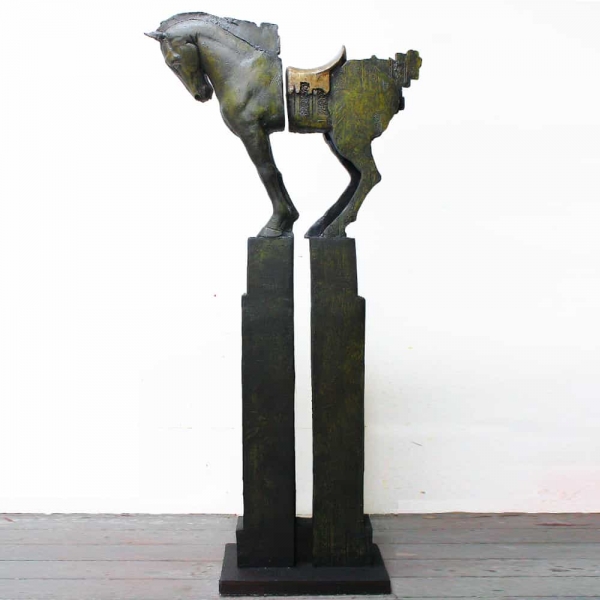
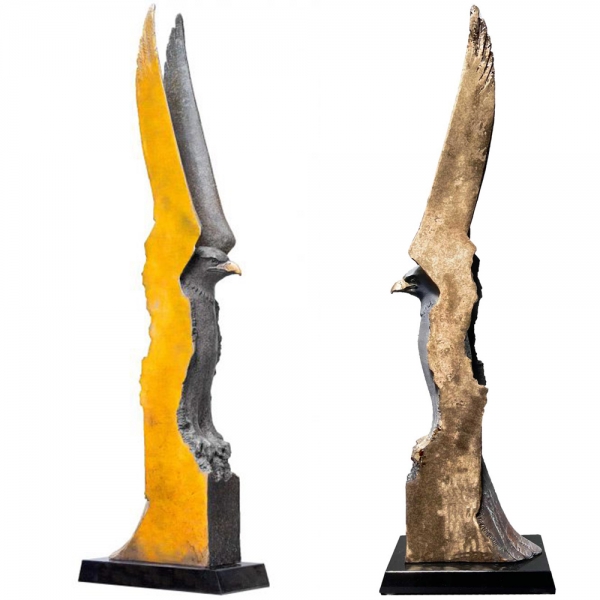
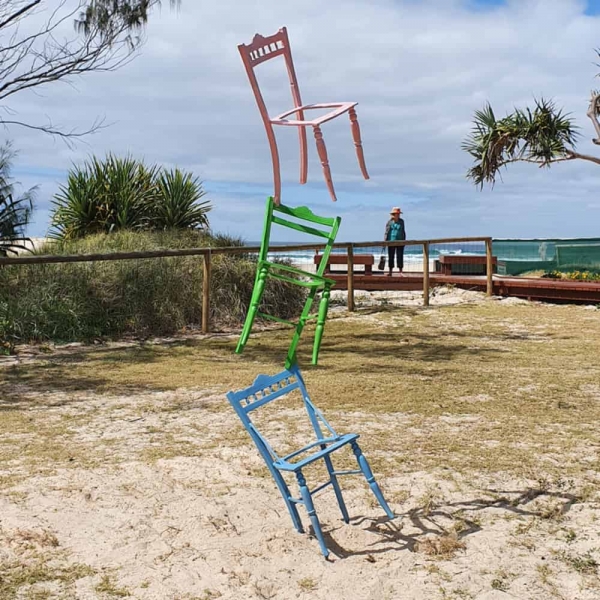
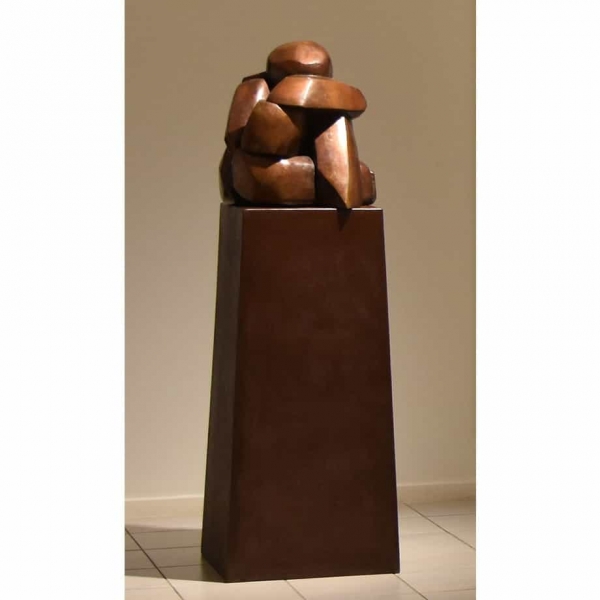



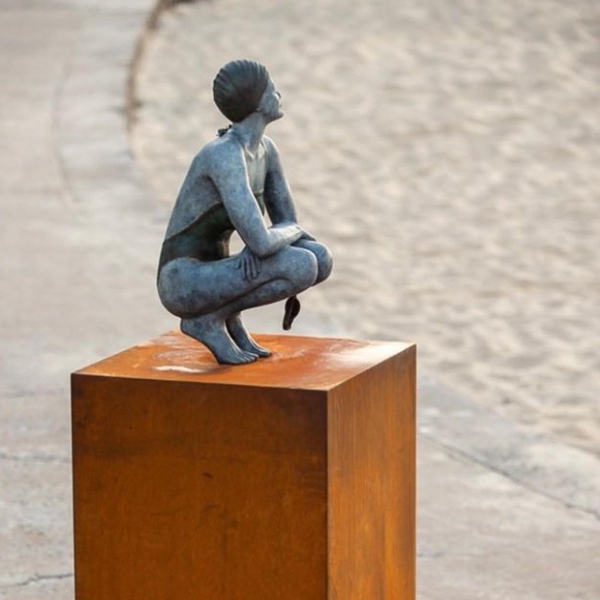

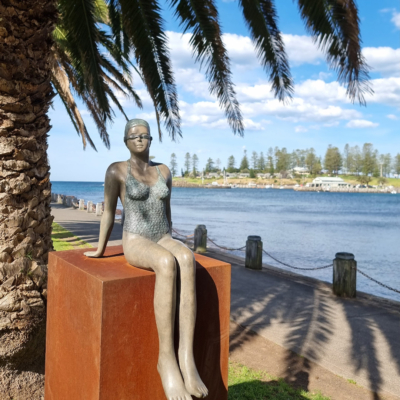

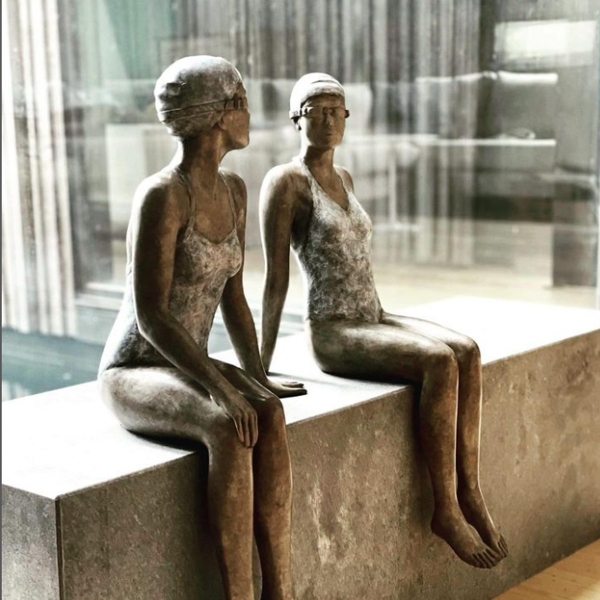
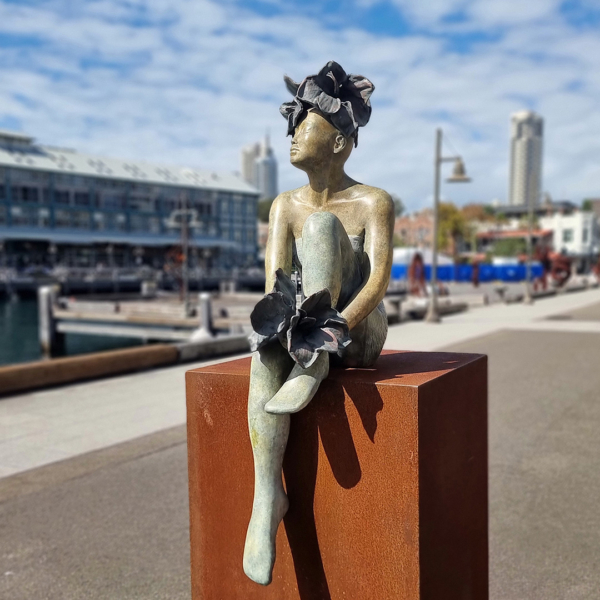


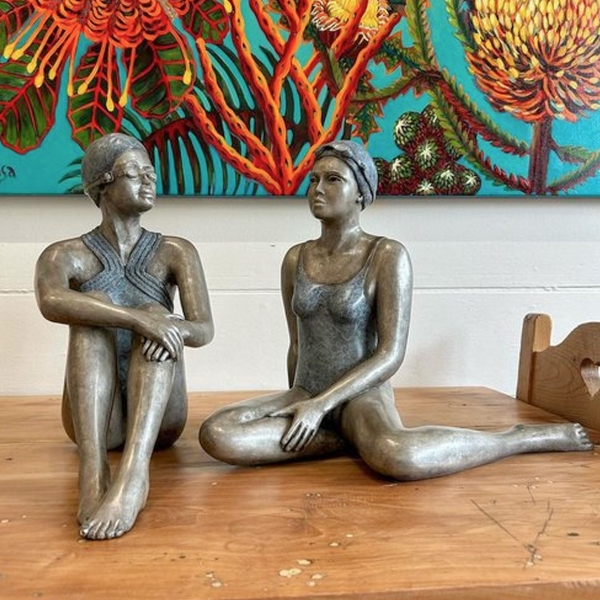

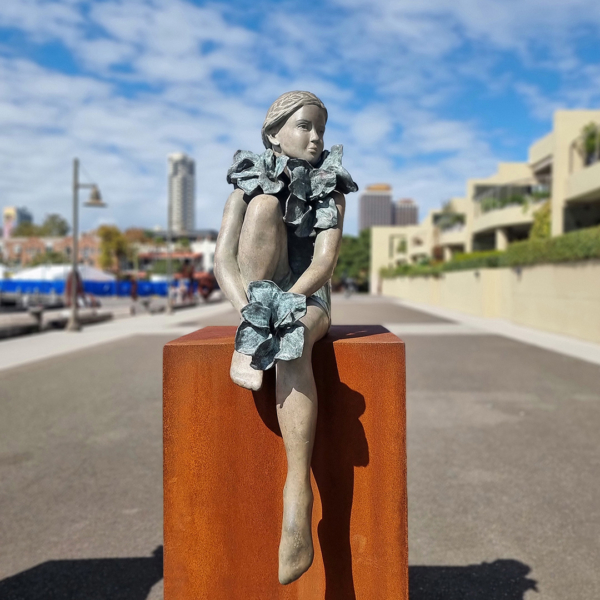
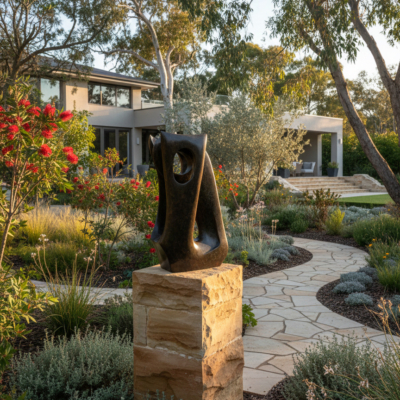


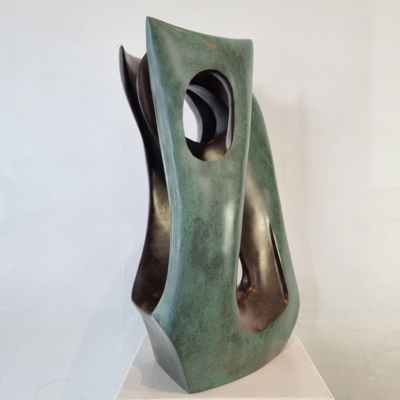

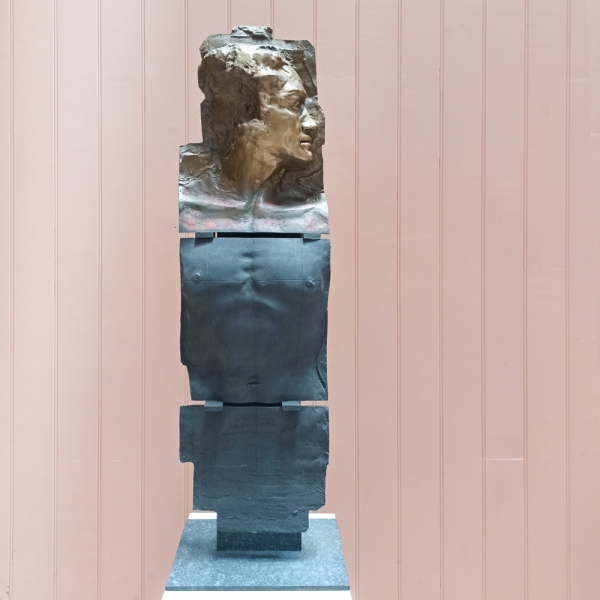
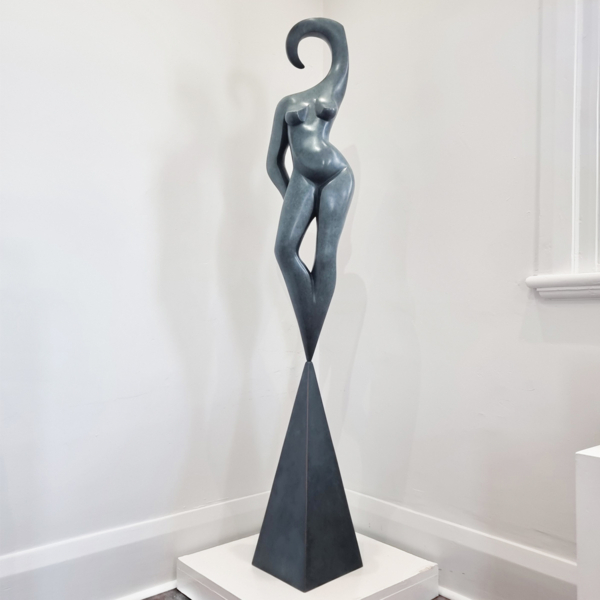
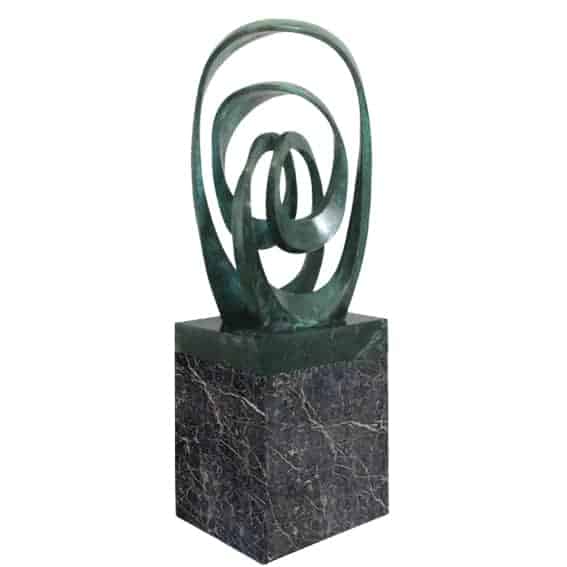
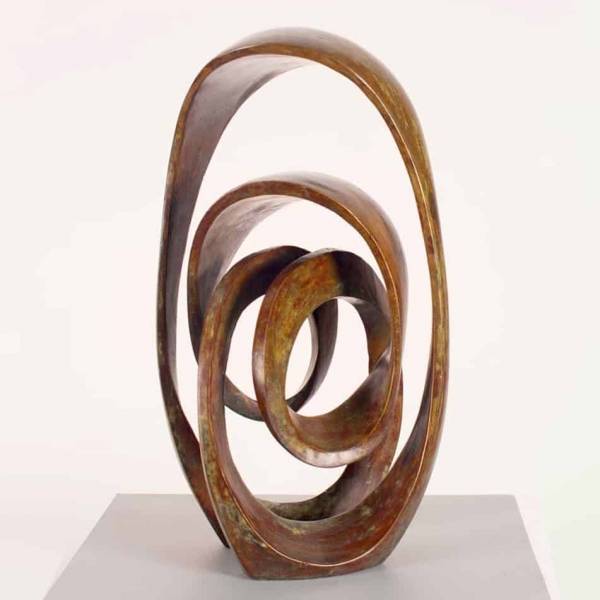
![moulin rouge-BRONZE-with--TEAL--PATINA[,Free-standing,bronze-outdoor]blazeski-australian-abstract-sculpture](https://artpark.com.au/wp-content/uploads/2014/12/Moulin-Rouge-175x29x29cm-HR4-600x600.jpg)
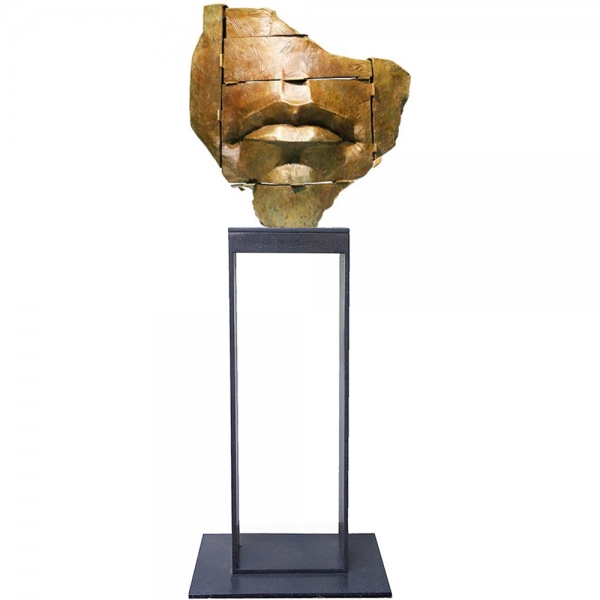
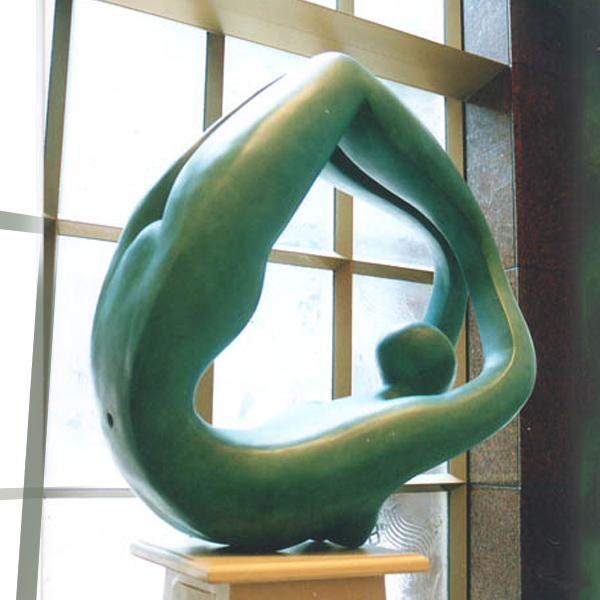
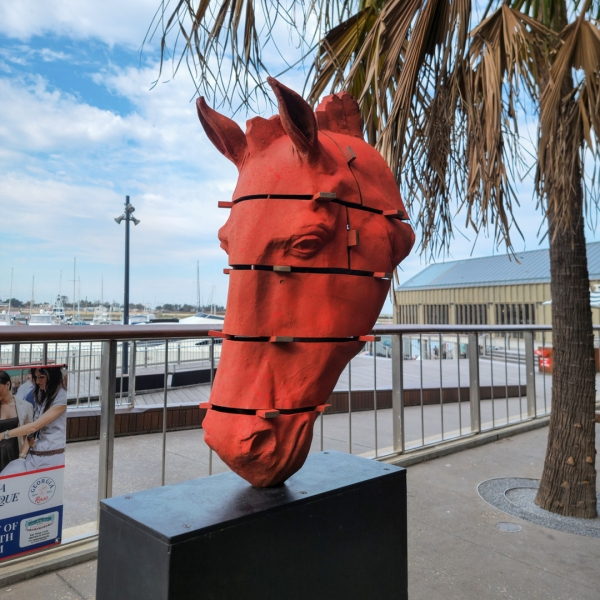
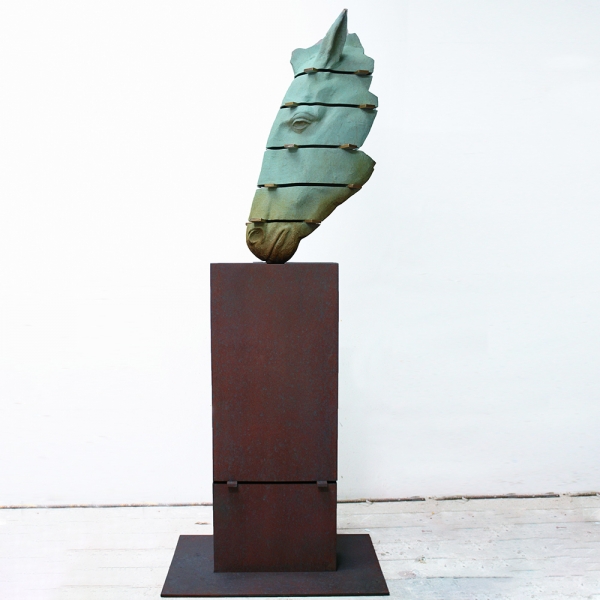
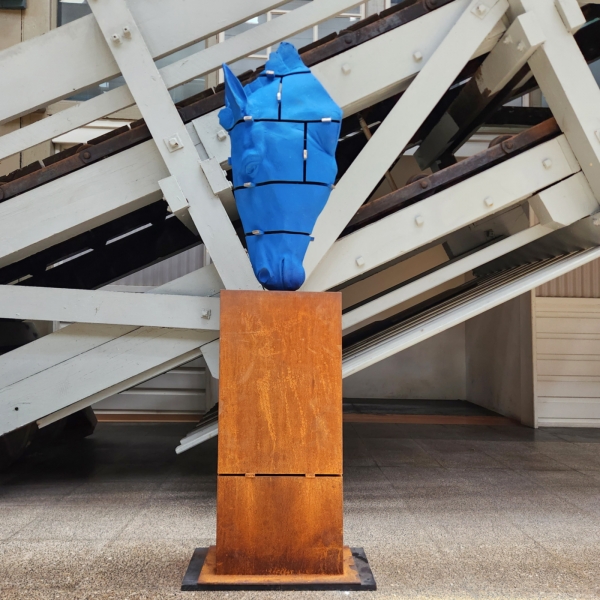


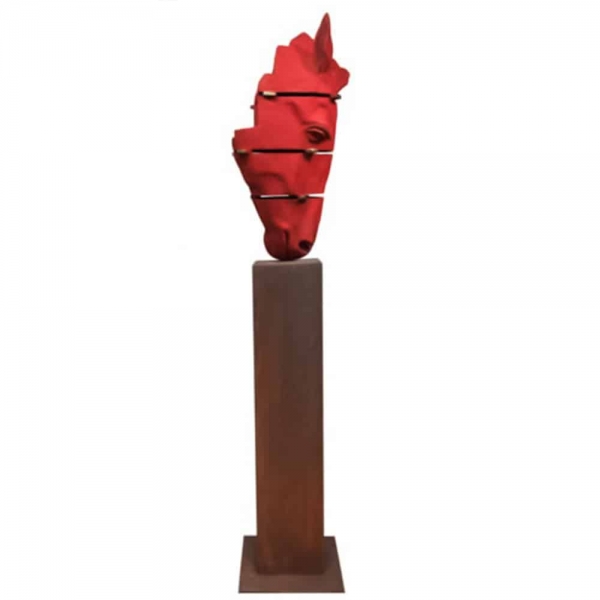
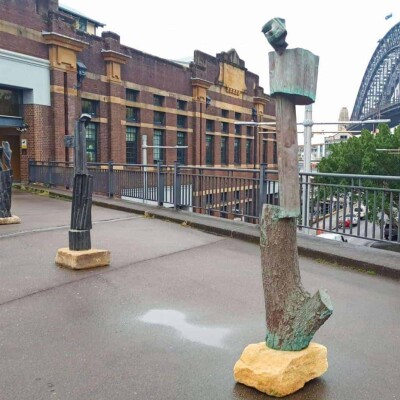
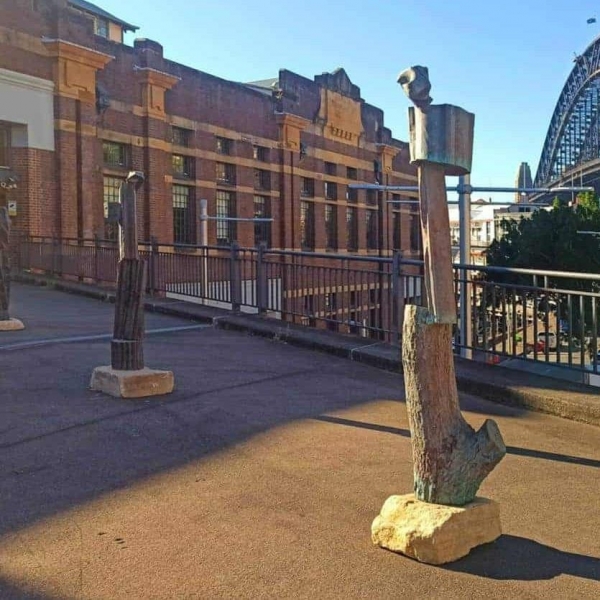
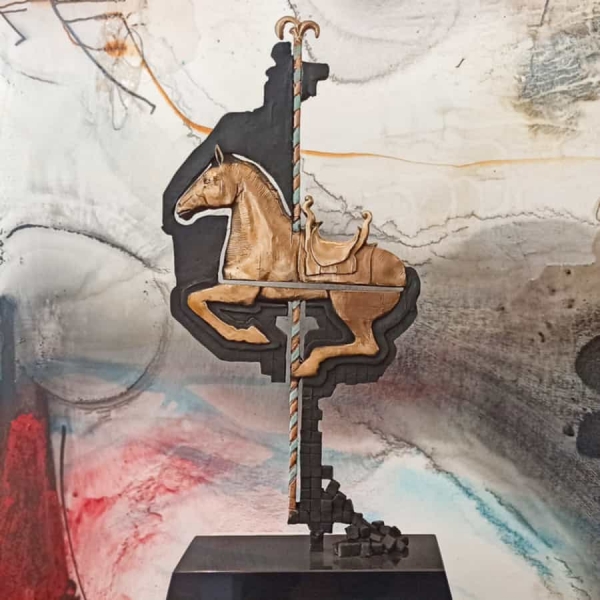
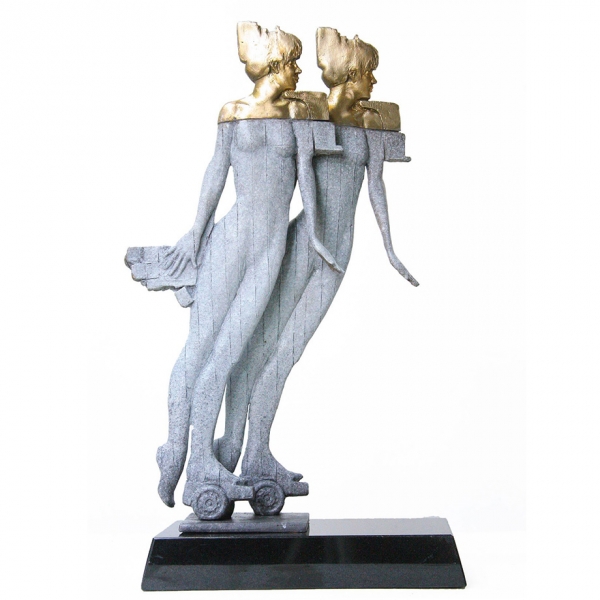

![RONZE-with--TEAL--PATINA[,Free-standing,bronze-outdoor]blazeski-australian-abstract-sculpture](https://artpark.com.au/wp-content/uploads/2017/10/Regeneration-of-the-Princess-Bronze-194x60x40-SQ-600x600.jpg)
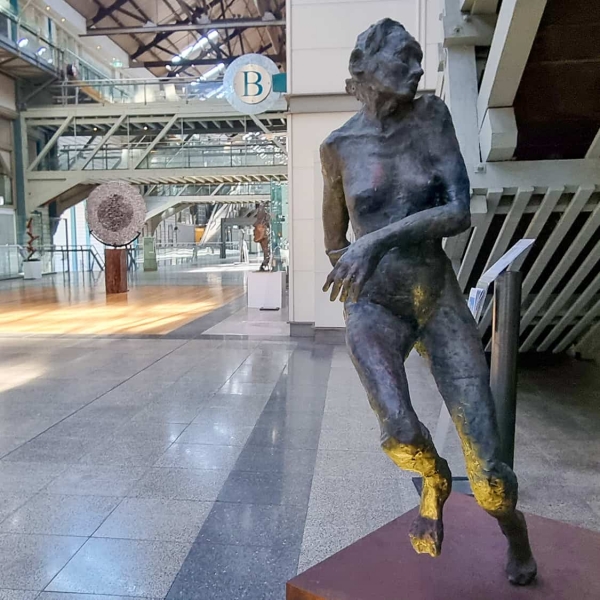
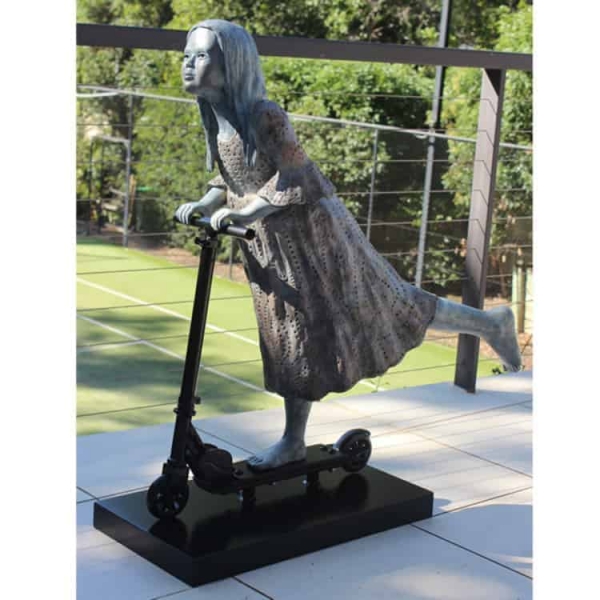
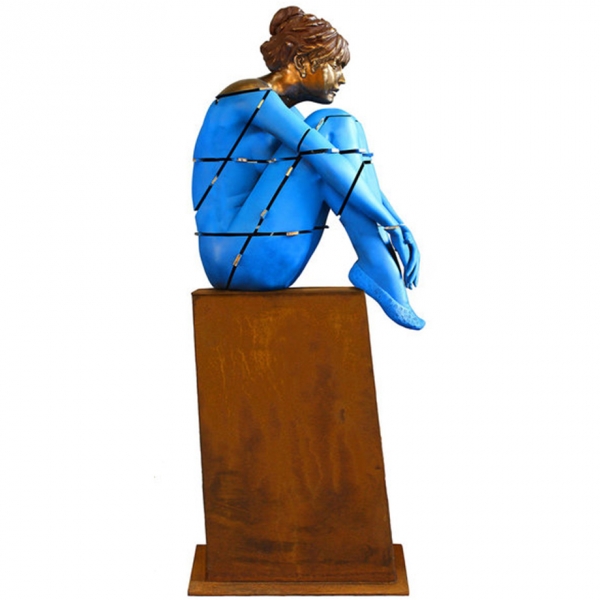

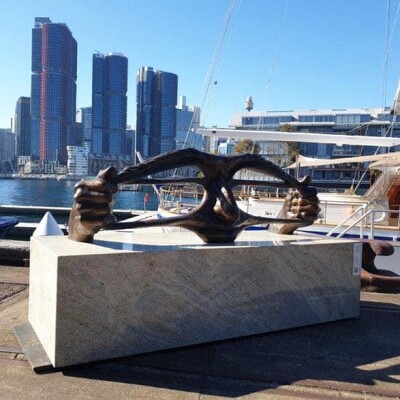

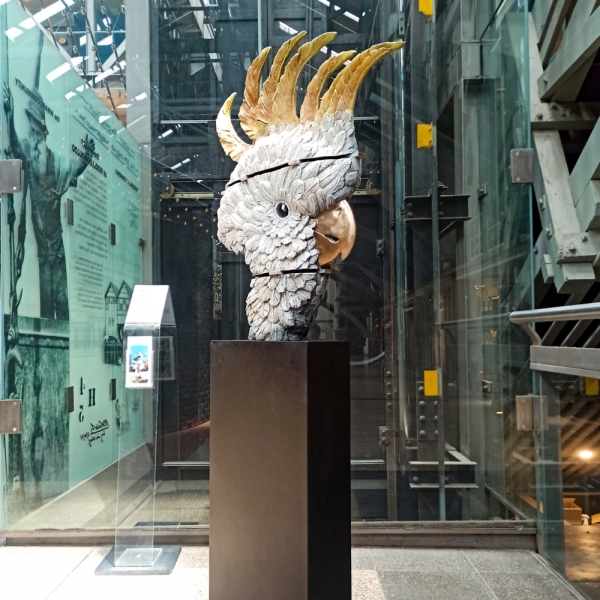

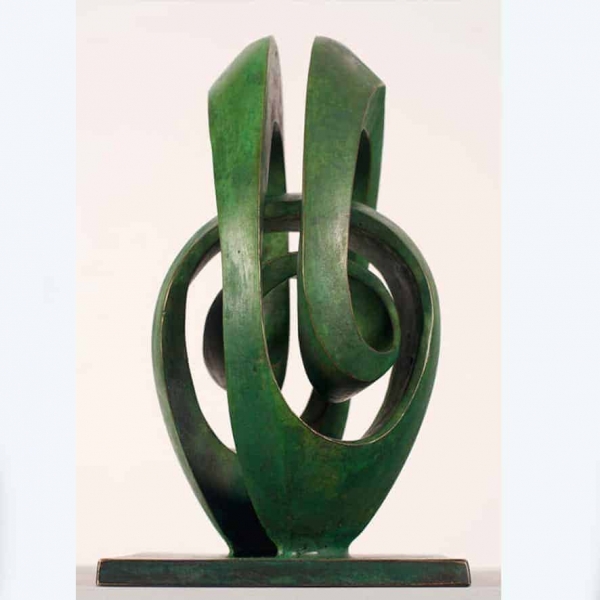
![BRONZE-with--TEAL--PATINA[,Free-standing,bronze-outdoor]blazeski-australian-abstract-sculpture](https://artpark.com.au/wp-content/uploads/2022/09/Talk-to-Me-Bronze-170x120x60cm.1-600x600.jpg)

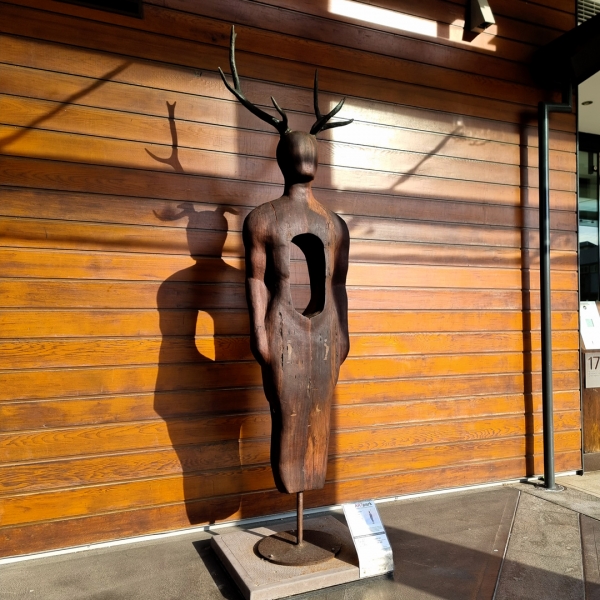
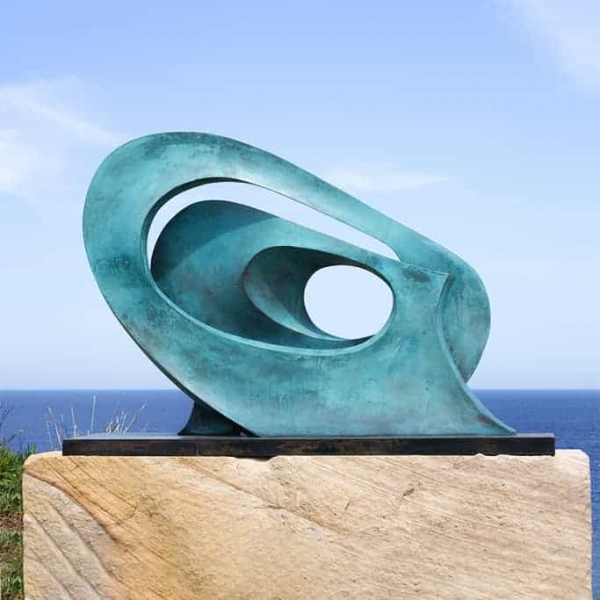
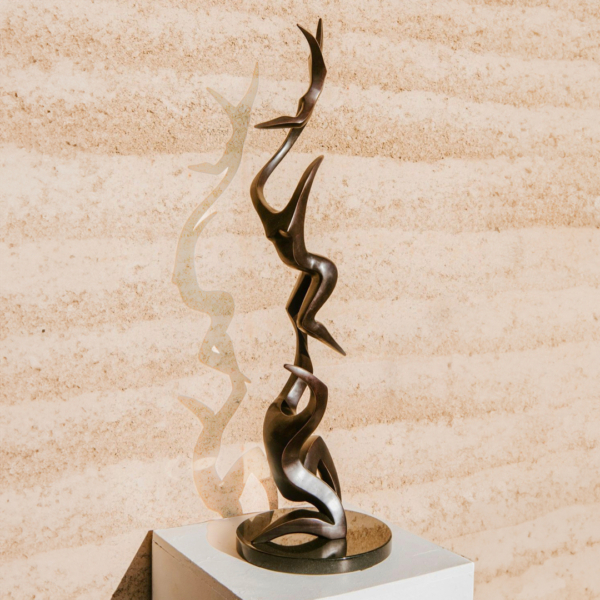

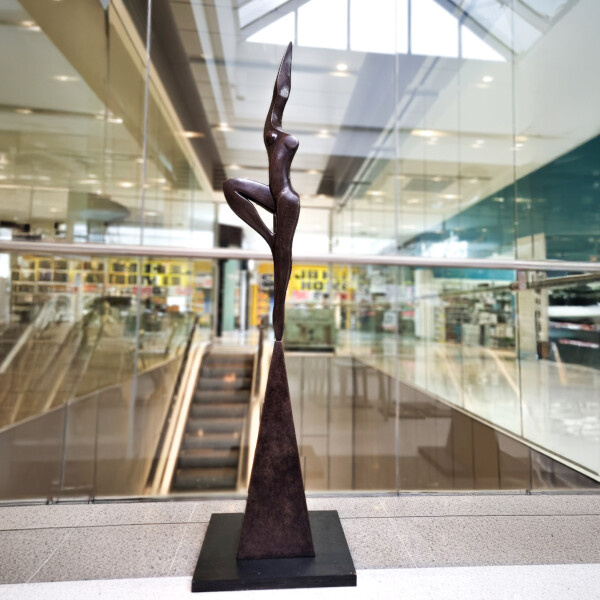
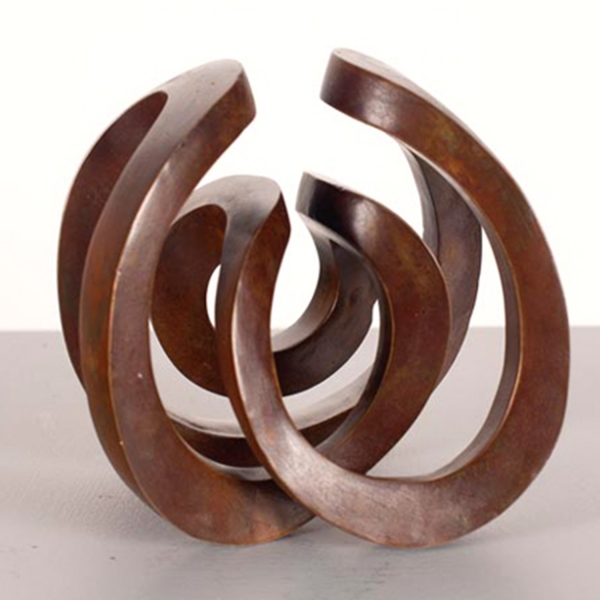

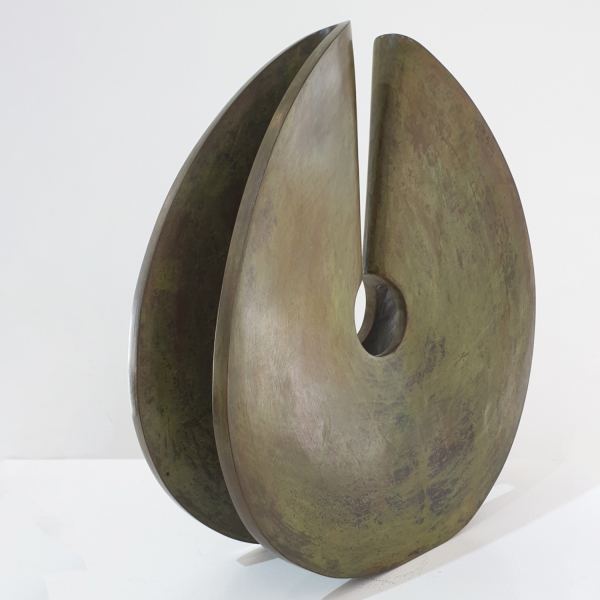
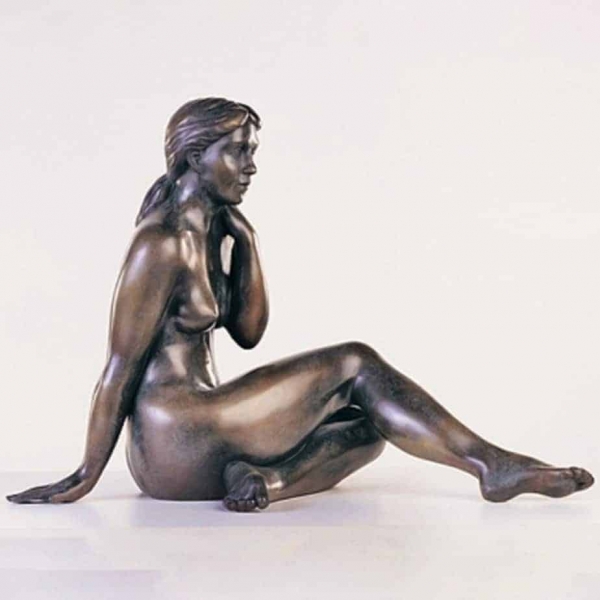
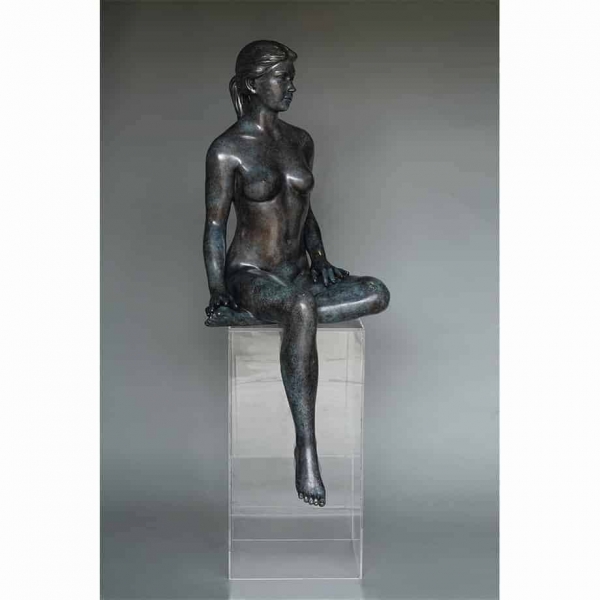

![Up, Up and Away - 102cm [limited of 9]](https://artpark.com.au/wp-content/uploads/2025/06/Up-Up-and-Away-bronze-102x40x30cm-tabletopbronzefigurativemichael-vaynman-sculpture-600x600.webp)
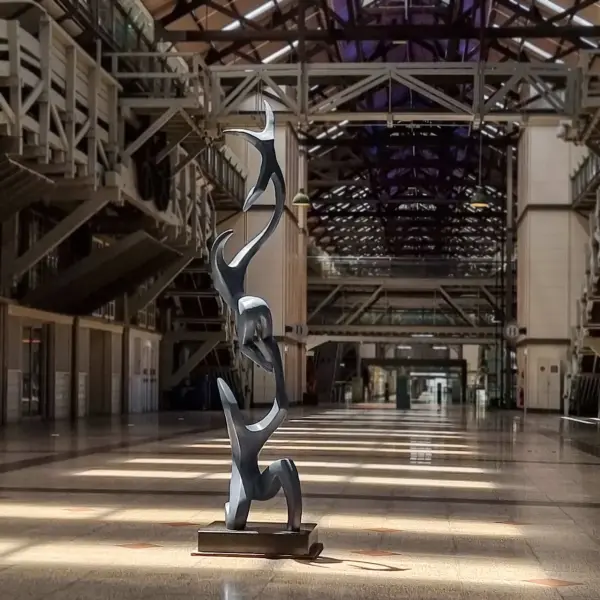
![Victory - 183cm [limited of 15]](https://artpark.com.au/wp-content/uploads/2025/06/Victory-185cm-BRONZE-tabletopfreestandingbronzefigurativemichael-vaynman-sculpture-australian-female-figure-bronze-art-600x600.webp)
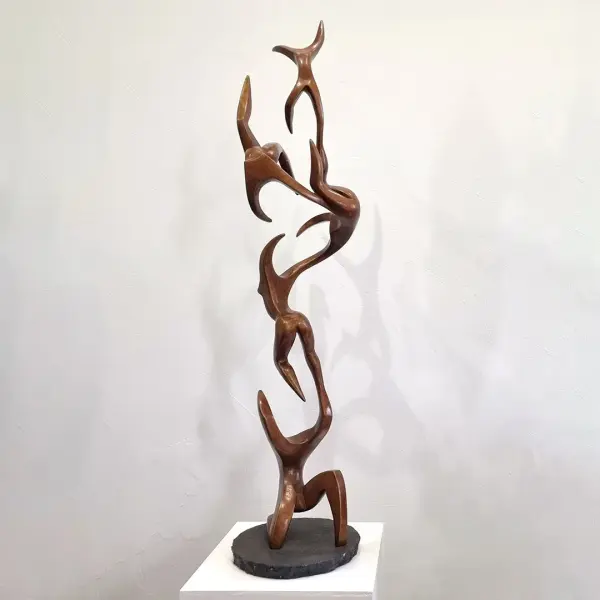
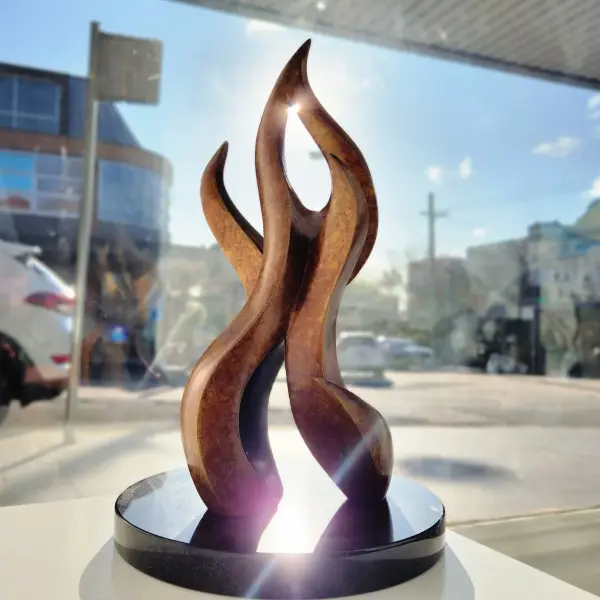
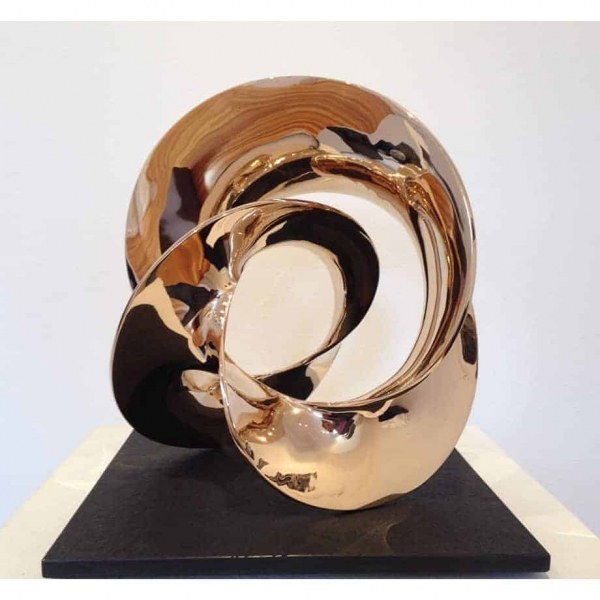



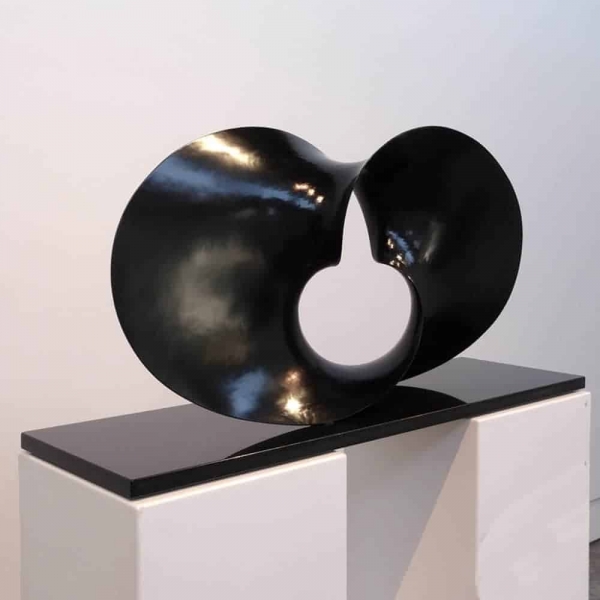



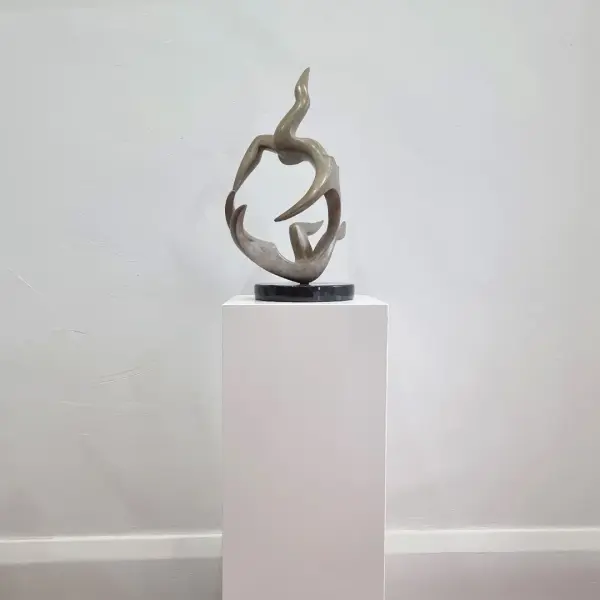
![Venus Rising - 26cm [limited/10]](https://artpark.com.au/wp-content/uploads/2025/06/MV-Venus-Rising-5-600x600.webp)

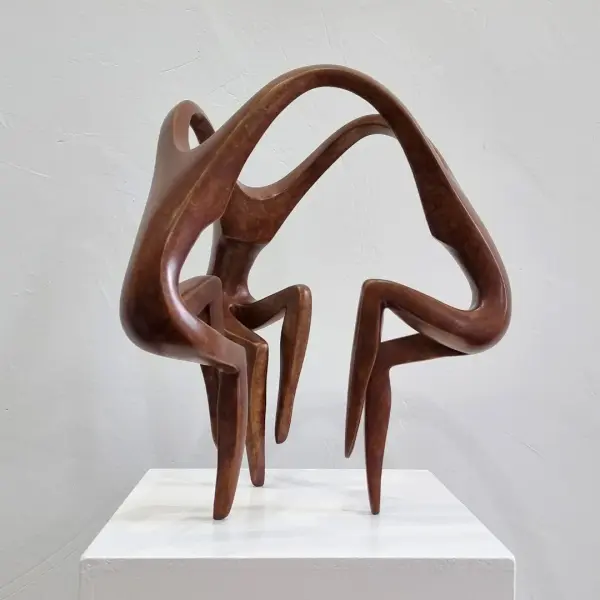
![Lissajous 70cm [stainless-steel]](https://artpark.com.au/wp-content/uploads/2022/07/BS-lissajous_70x65x30cm-400x400.jpg)

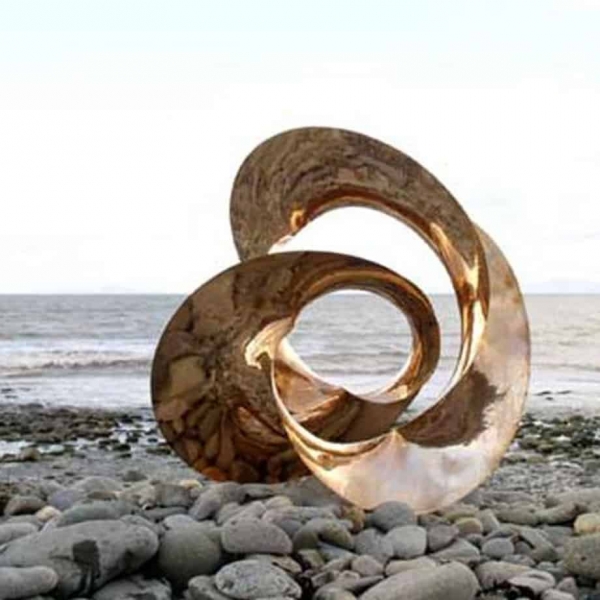
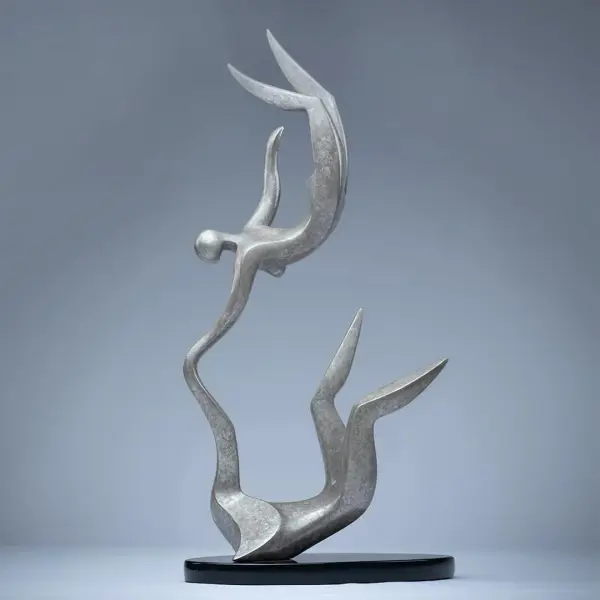
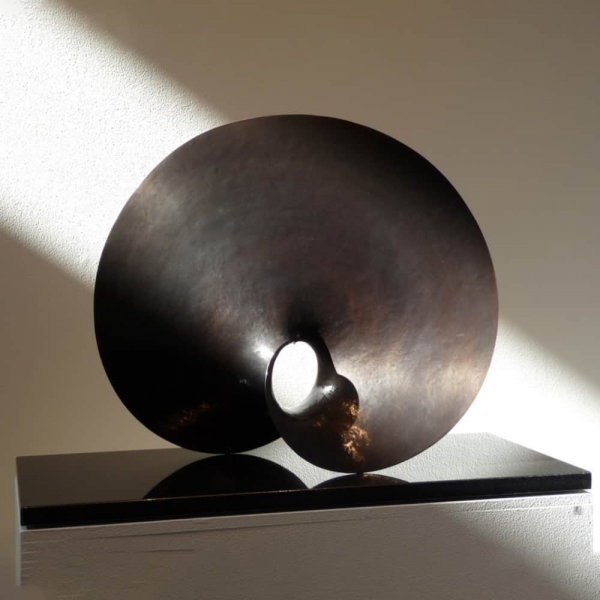

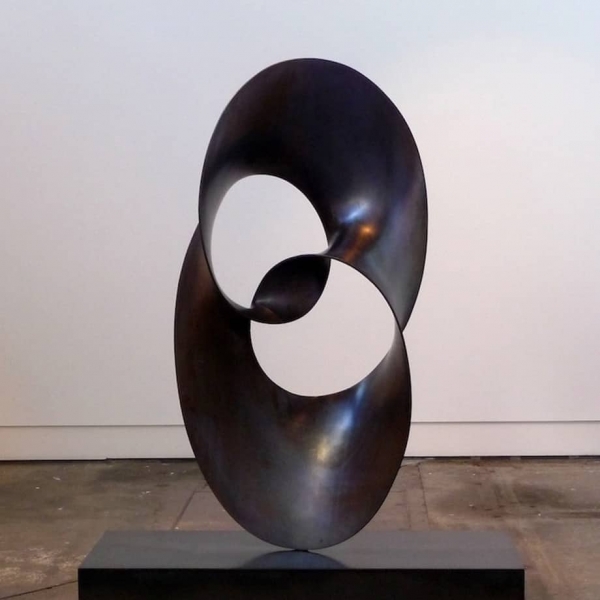
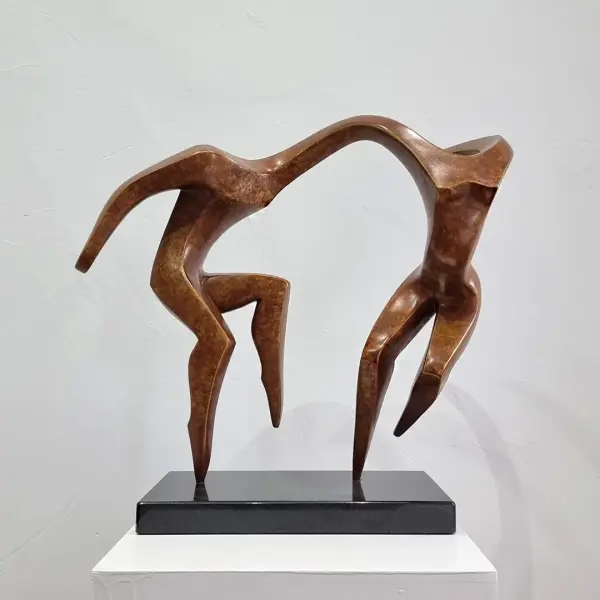
![Motion III - 250cm [Coated]](https://artpark.com.au/wp-content/uploads/2022/07/Motion-3-in-red-250cm-Bronze-TabletopBen-Storch-sculpture-australian-abstract-twisted-form-art-600x600.jpg)
